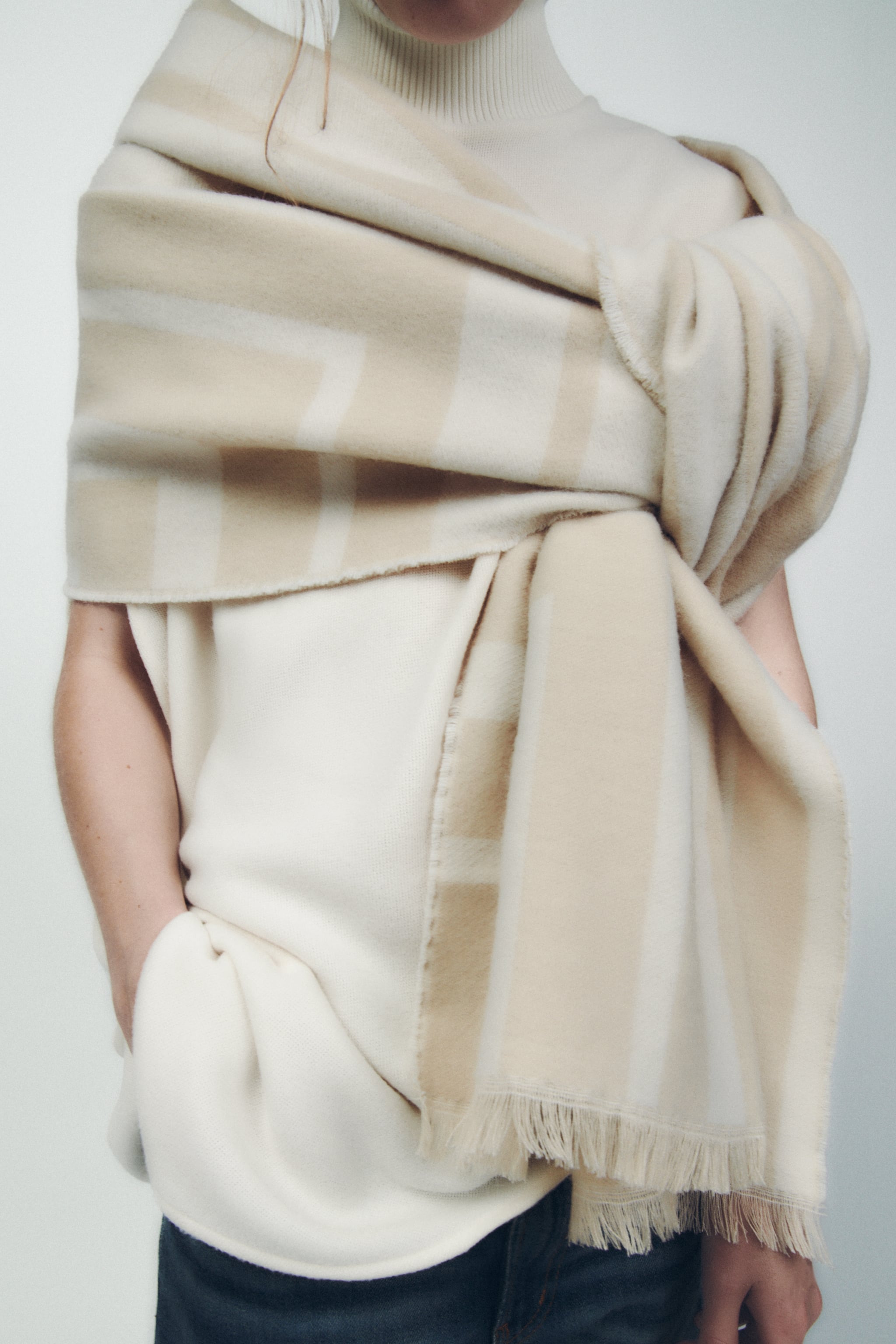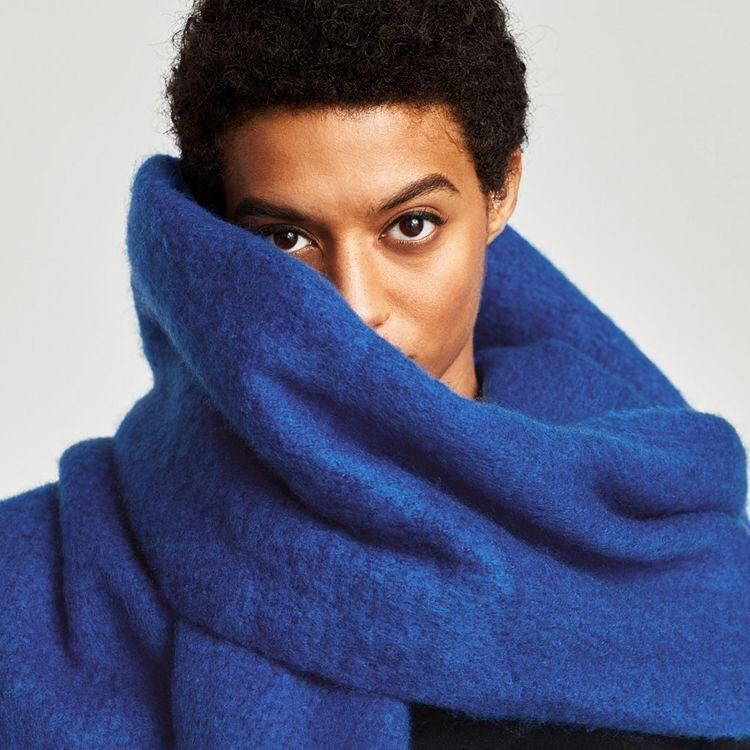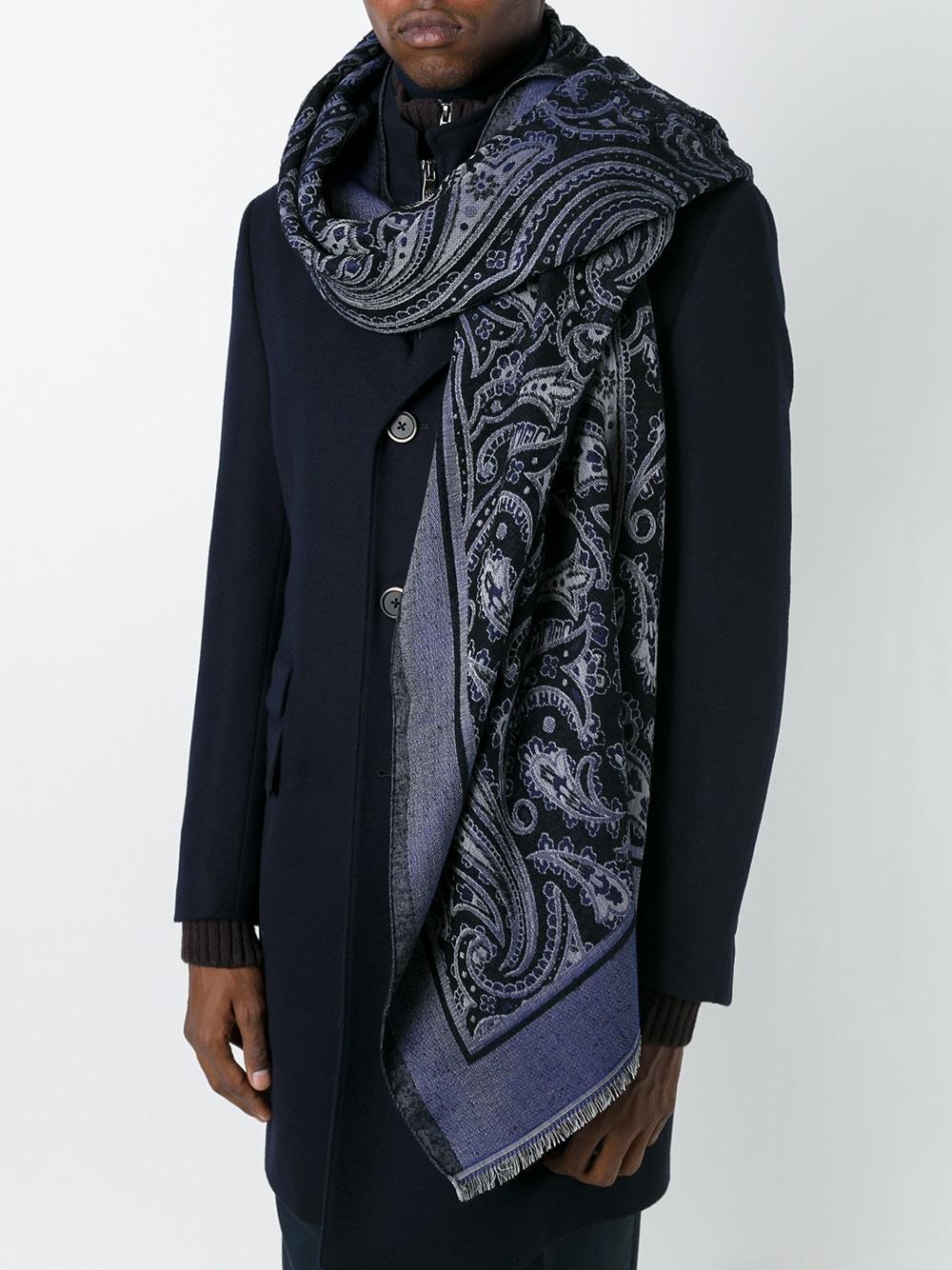The Cost of a Scarf: An Examination of the Factors Affecting its Price
The cost of a scarf is not just a matter of dollars and cents, but rather a complex web of factors that contribute to its final price tag. This paper delves into the various elements that influence the price of a scarf, from the cost of materials and manufacturing processes to the design and branding considerations that add value and appeal. It also examines the role of consumer perception in determining the price of a scarf, as well as the impact of market forces and competition on pricing strategies. Through a comprehensive analysis of these factors, this paper aims to provide a deeper understanding of the economics and business strategies behind the price of a scarf.
In the cold winter months, a scarf can be a vital piece of clothing to keep us warm. But how much should we expect to pay for a scarf, and what are the factors that affect its price?
The price of a scarf can vary significantly depending on the material it is made from. For example, a basic acrylic scarf is likely to be much cheaper than one made from cashmere or silk. However, it is important to note that just because a scarf is made from a higher-quality material, it does not necessarily mean it is better. It all depends on the individual’s needs and preferences.

Another factor that can affect the price of a scarf is its size. Generally speaking, a larger scarf will cost more than a smaller one. This is because more material is required to produce it, and it may also take longer to knit or sew.
The design and pattern of the scarf can also play a role in determining its price. A simple, solid-colored scarf is likely to be less expensive than one that is embroidered with a complex pattern or has a unique design element. This is because the additional craftsmanship and materials required to create the pattern or design add to the overall cost.

Finally, the brand and where the scarf is purchased can also affect its price. Designer brands or high-street fashion labels are likely to charge more for their scarves than high-street homeware brands. However, it is essential to remember that just because a scarf is from a well-known brand does not mean it is of better quality. It is always worth doing your research before purchasing to ensure you are getting value for money.
In conclusion, the cost of a scarf can vary depending on the material it is made from, its size, the design and pattern, and the brand and retailer. It is essential to consider all of these factors when deciding how much to pay for a scarf to ensure you are getting something of good quality that meets your needs and preferences.

Articles related to the knowledge points of this article:
Title: Mastering the Top 10 Tie Knotting Techniques: A Step-by-Step Guide
Feather Yarn: The Unique Material for Winter Fashion
Title: The Art of Tie Knotting: A Comprehensive Guide to Tie Knots for Men



